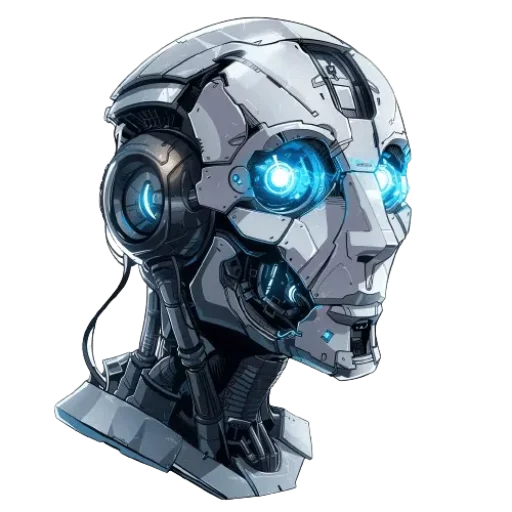Key findings
Generative artificial intelligence (GenAI) is set to impact, but not transform, the work of sailors and marine oilers.
Blue-collar jobs like these are unlikely to be automated by GenAI due to the physical nature of the tasks involved.
The unique automation wave of GenAI may even increase demand for blue-collar workers, leading to a rise in their income share.
While some skills used in this work may be automated in the future, such as operations monitoring and troubleshooting, the core tasks of sailors and marine oilers, like critical thinking and repairing, will likely remain shielded from major AI disruption.
How could AI or automation replace or complement job activities?
In the context of Sailors and Marine Oilers, AI, automation, or LLMs like ChatGPT could be used to assist in tasks such as monitoring pressure and temperature gauges, recording data, and providing navigational aid alerts.
However, the complexity of tasks like rigging, cargo handling, and emergency procedures may limit complete automation.
For example, AI could help sailors by providing real-time weather updates and navigation suggestions, but human intervention would still be essential for tasks requiring physical dexterity and decision-making skills.
Job description
Observes for obstacles in the vessel’s path, checks water depth, operates the wheel on the bridge, and follows instructions from the captain, mate, or pilot. Prepares, sets up, and maintains cargo-handling equipment, rigging, and gear. Conducts maintenance tasks to keep the ship’s surface and equipment in good condition. Required to have government certification and tankerman certification for liquid-carrying vessels. Positions include able seamen and ordinary seamen.



0 Comments